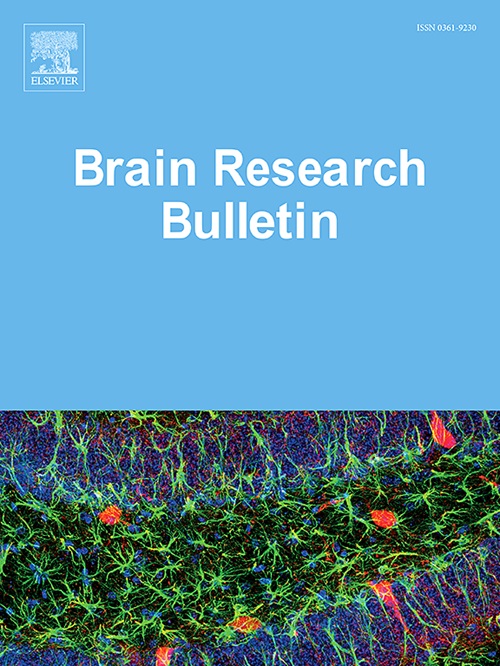Gut microbiome composition changes in obstructive sleep apnoea syndrome also in relation to excessive daytime sleepiness
IF 3.5
3区 医学
Q2 NEUROSCIENCES
引用次数: 0
Abstract
Introduction
Obstructive sleep apnoea syndrome (OSAS) is considered a risk factor for several comorbidities. Alteration in gut microbiome was documented in OSAS animal models and in paediatric patients. This study analysed gut microbiome composition in adult patients with OSAS compared to healthy controls. Further, the effect of excessive daytime sleepiness (EDS) on gut microbiome was evaluated.
Methods
Adult patients with OSAS underwent polysomnographic recording and completed the Epworth Sleepiness Scale (ESS) to assess EDS. Faecal samples were collected and compared between patients and healthy controls. Composition, community diversity, differences in taxa abundance profiles and sample dysbiosis were evaluated through 16S metagenomics and multiple bioinformatics algorithms. OSAS patients were distributed in two groups according to EDS (ESS score≥10) to assess differences in clinical, polysomnographic and faecal data.
Results
Twenty-three OSAS patients were compared to 44 healthy controls. Patients presented significant differences of gut microbiome biodiversity, specifically in qualitative alpha diversity metrics (Faith’s PD Kruskal-Wallis test, p-value=0.003; Number_of_Observed_Features, p-value =0.001). OSAS patients tend to cluster together, at least for Jaccard and Unweighted UniFrac distance-based PERMANOVA tests (q-values=0.02 and =0.003, respectively). Several taxa were detected as different in abundance between OSAS patients and healthy controls, although, globally, OSAS patients cannot be considered as “dysbiotic”. Differences in bacteria composition were evident between OSAS patients with and those without EDS.
Conclusions
OSAS is associated with gut microbiome alteration in adult patients. EDS in OSAS seems to characterize a different gut microbiome composition, although it can be only hypothesized a gut-mediated effect on EDS in OSAS.
求助全文
约1分钟内获得全文
求助全文
来源期刊

Brain Research Bulletin
医学-神经科学
CiteScore
6.90
自引率
2.60%
发文量
253
审稿时长
67 days
期刊介绍:
The Brain Research Bulletin (BRB) aims to publish novel work that advances our knowledge of molecular and cellular mechanisms that underlie neural network properties associated with behavior, cognition and other brain functions during neurodevelopment and in the adult. Although clinical research is out of the Journal''s scope, the BRB also aims to publish translation research that provides insight into biological mechanisms and processes associated with neurodegeneration mechanisms, neurological diseases and neuropsychiatric disorders. The Journal is especially interested in research using novel methodologies, such as optogenetics, multielectrode array recordings and life imaging in wild-type and genetically-modified animal models, with the goal to advance our understanding of how neurons, glia and networks function in vivo.
 求助内容:
求助内容: 应助结果提醒方式:
应助结果提醒方式:


